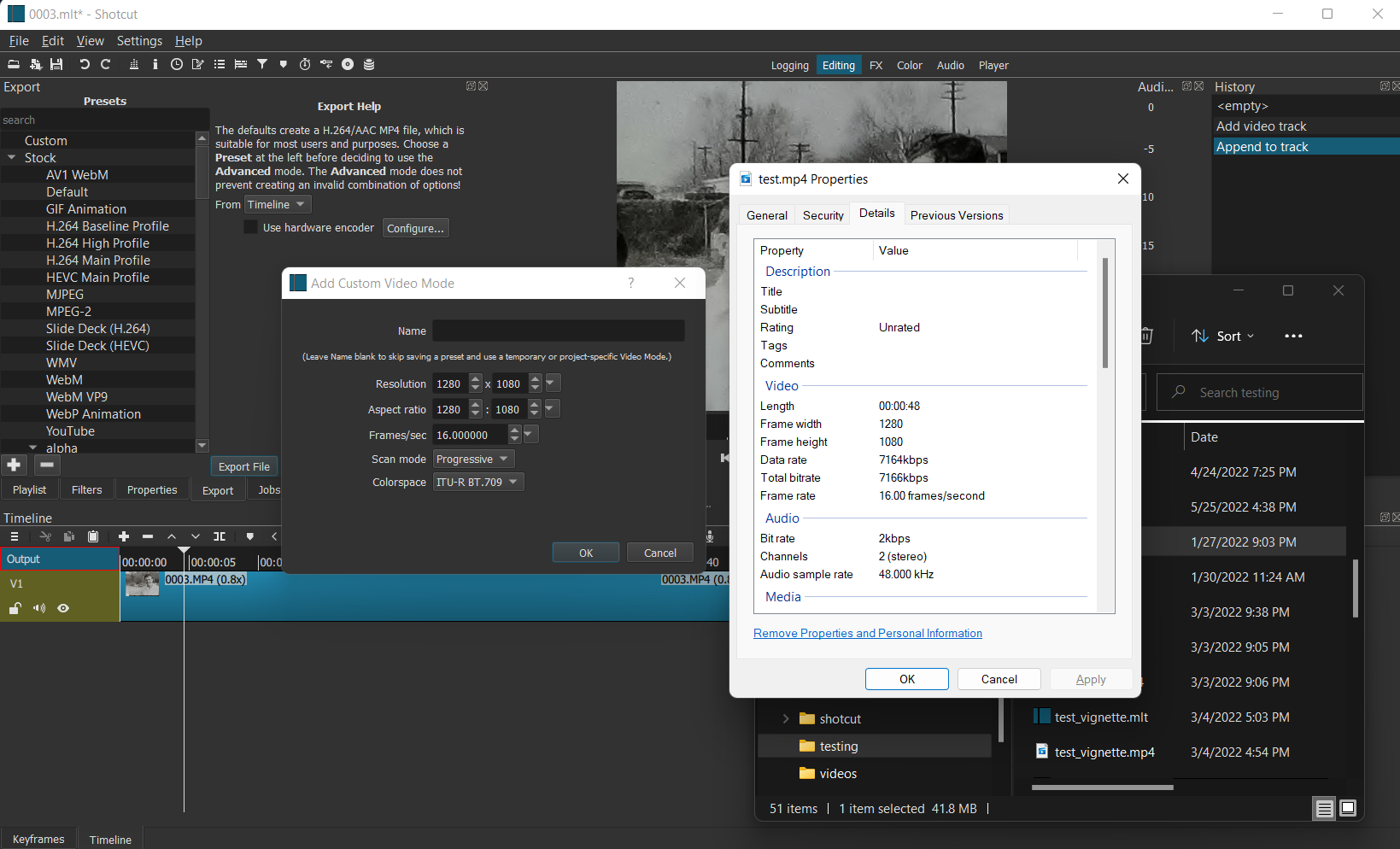


In an ideal world, TVs would be able to refresh at 24Hz, so they could neatly refresh once for every frame. Now, I don’t have an issue with 24fps as a standard, but it creates a lot of problems for 60Hz televisions.
#24fps playbackpro problems tv#
The world of cinema has clung pretty tightly to the 24 frames per second standard over the years, and for the most part, the world of TV and online video has done likewise (the exception being the PAL territories of the world who prefer 25fps for… uh… reasons). Part of this has to do with the fact that, as outlined above, motion-smoothing looks pretty damn good when it comes to sports, but it also has benefits for cinematic content like James Gunn and his ilk produce. Why you should leave motion-smoothing onĪnd yet, despite all the issues with motion-smoothing, it’s still pretty essential for all modern televisions. It can’t afford to spend the time getting a frame looking perfect because it has to generate around thirty of them every second. What makes this effect worse is the fact that a television is trying to do all this work in real time as it receives and transmits the data. Here, you’re trying to guess what colors should have been in the original image, and as such it’s never going to look quite as good as an image that was originally shot in color.Ī TV is doing the same thing, but with motion instead of color. Think of it like ‘colorizing’ black and white photographs. The problem with motion-smoothing comes down to the fact that, fundamentally, your TV is trying to add extra information to an image that simply isn’t there.


 0 kommentar(er)
0 kommentar(er)
